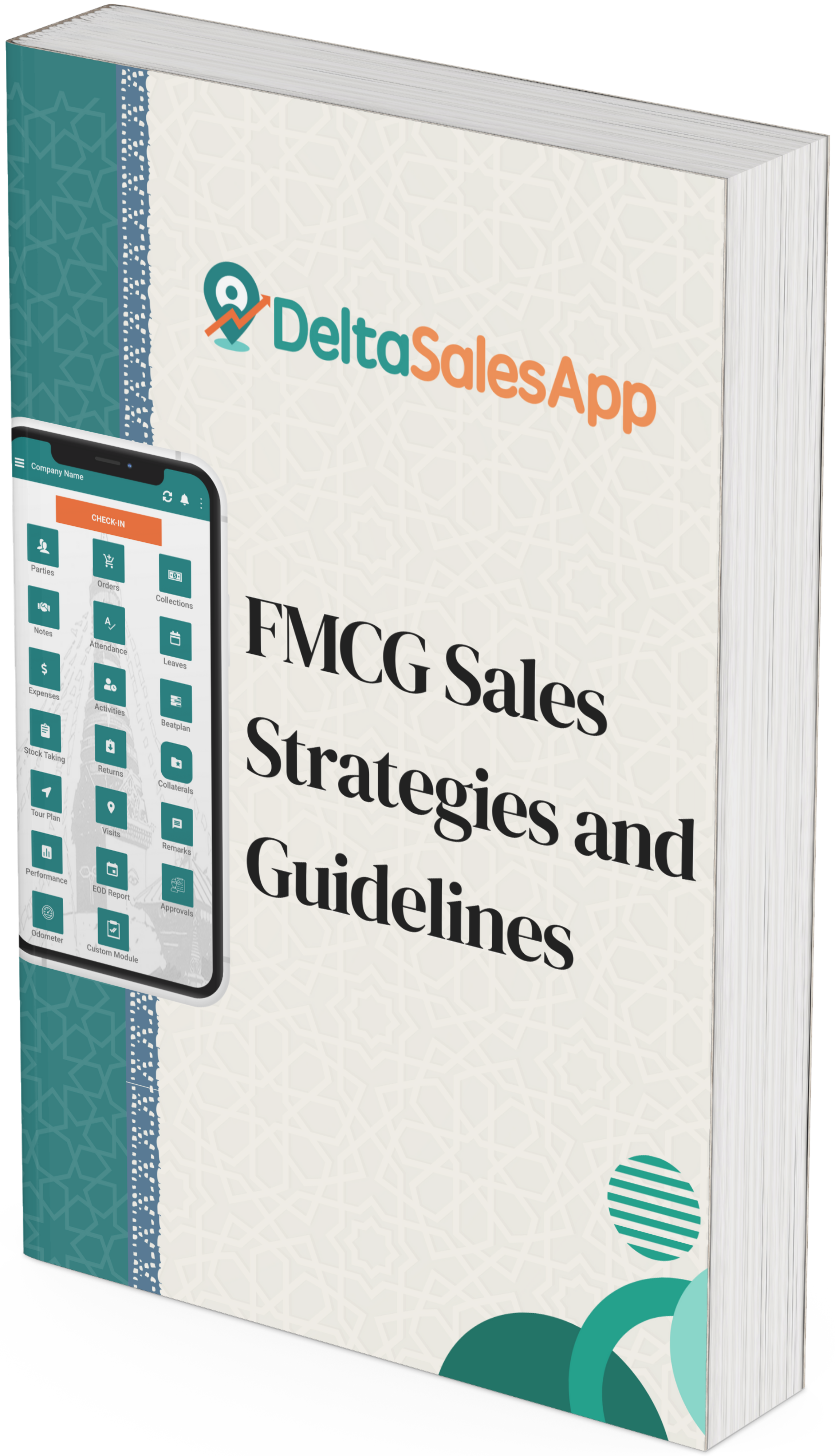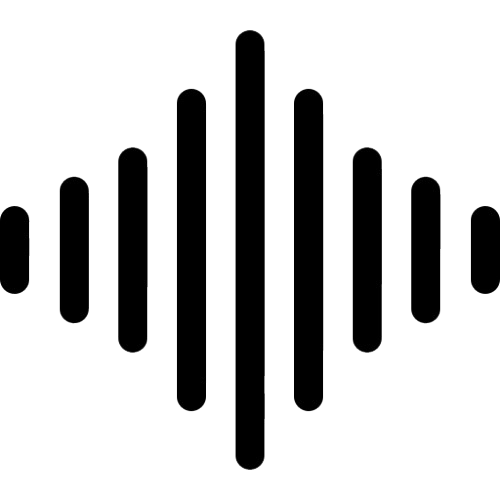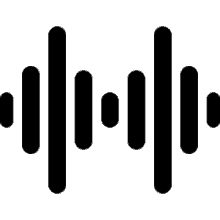Future Industry Trends: Insights from Business Leaders
_1745319749.png)
In today’s dynamic market, businesses are learning to adapt to rapid shifts in consumer behavior, supply chain complexity, and team structures. To help organizations prepare for what's ahead, a recent discussion among experienced leaders shed light on actionable strategies that can drive sustainable growth.
This conversation covered everything from consumer expectations to operational tactics. Here's a recap of the most valuable lessons and how you can apply them to your strategy using modern tools like Sales CRM and Employee Tracking systems.
Rethinking Consumer Behavior and Stocking Strategies
One of the strongest takeaways from the conversation was the shift in shopper habits. Instead of quick, casual purchases, people are now prioritizing "stock-up" trips, focusing on essentials and bulk buys.
To make the most of this change, brands and distributors need to rethink their shelf and inventory plans. Integrating Sales CRM software into retail operations allows brands to track buying behavior, identify high-volume SKUs, and plan inventory accordingly.
A Sales CRM also helps teams analyze seasonal trends and forecast demand more accurately, reducing stockouts and excess inventory. With Sales CRM dashboards, sales teams and supply chain managers can collaborate to ensure:
Availability: High-demand items are consistently in stock.
Visibility: Data from your Sales CRM can guide high-traffic placement.
Variety in Size/Pricing: Sales patterns revealed by Sales CRM can guide multi-pack and bundle creation.
_1745321989.png)
Brands that align their display strategies using Sales CRM insights will be better positioned for long-term success.
What Investors Want in the New Market Landscape
Investment strategies are also shifting. Now more than ever, financial backers are looking for companies with:
Environmentally responsible products
Sustainable sourcing and regenerative practices
Strong internal leadership with skin in the game
This trend signals a broader movement toward conscious capitalism. Investors are backing businesses that combine purpose with performance—and clear data. A Sales CRM helps organizations demonstrate customer loyalty, repeat purchases, and sales pipeline strength.
Pair this with Employee Tracking systems, and businesses can also show how effectively their teams execute and contribute to growth. Real-time data from Employee Tracking platforms supports performance reviews and succession planning—something modern investors see as vital to organizational health.
Building a High-Performance Team Culture
Many growing organizations are now taking the time to reevaluate their team structure and productivity. Leaders are encouraged to:
Audit team performance regularly
Identify and retain high-performing individuals
Provide opportunities for underperformers to thrive in new roles
Employee Tracking tools give companies real-time insights into how their people are working—what’s working, and what isn’t. These platforms allow for transparent, objective performance reviews, goal-setting, and team alignment._1745321507.png)
By using Employee Tracking together with Sales CRM metrics, leaders gain a complete picture of performance from both a human and revenue perspective. A Sales CRM might show declining sales in one territory, while Employee Tracking reveals potential training gaps or productivity issues.
This clarity makes it easier to make informed decisions—not just about people, but about the structure and support systems that teams need.
Future-Proofing Through Simplification and Trust
With ongoing supply chain challenges, businesses are turning to simplification. Instead of managing sprawling product catalogs, companies are focusing on what performs best—often revealed through Sales CRM reports.
Meanwhile, trust has emerged as a measurable advantage. Consumers are loyal to brands that are consistent, honest, and transparent. That loyalty is often built at the ground level—by employees whose performance and engagement are managed through strong Employee Tracking systems.
Internally, Employee Tracking reinforces accountability and consistency. Externally, a well-utilized Sales CRM helps keep promises made to customers by aligning service, delivery, and support functions.
Together, Sales CRM and Employee Tracking create an operational backbone that supports growth, even during uncertainty.
Final Thoughts: Adapting to a New Era
Whether you're managing a brand, investing in new ventures, or optimizing field performance, one thing is clear: agility and purpose are the keys to growth.
From streamlining operations to strengthening internal teams, Sales CRM and Employee Tracking solutions are helping businesses make smarter, faster, and more sustainable decisions.
By leveraging Sales CRM for visibility and Employee Tracking for accountability, organizations can build the kind of trust and efficiency needed to thrive in this new era.
FAQs
1. What is the biggest trend in consumer behavior today?
Consumers are shifting toward stock-up shopping, focusing on bulk purchases and essential items. A Sales CRM helps brands adjust quickly to these evolving needs.
2. Why is team performance auditing important now?
It helps identify high performers and realign teams based on data from Employee Tracking systems.
3. What do modern investors look for in businesses?
They favor sustainable practices, transparent leadership, and businesses that utilize Sales CRM tools to track progress and growth.
4. How can businesses improve product visibility?
By using Sales CRM data to monitor product performance and guide shelf placement in high-traffic areas.
5. What makes a brand more trustworthy today?
Brands that practice transparency, consistency, and use tools like Employee Tracking to maintain quality stand out to both consumers and partners.









